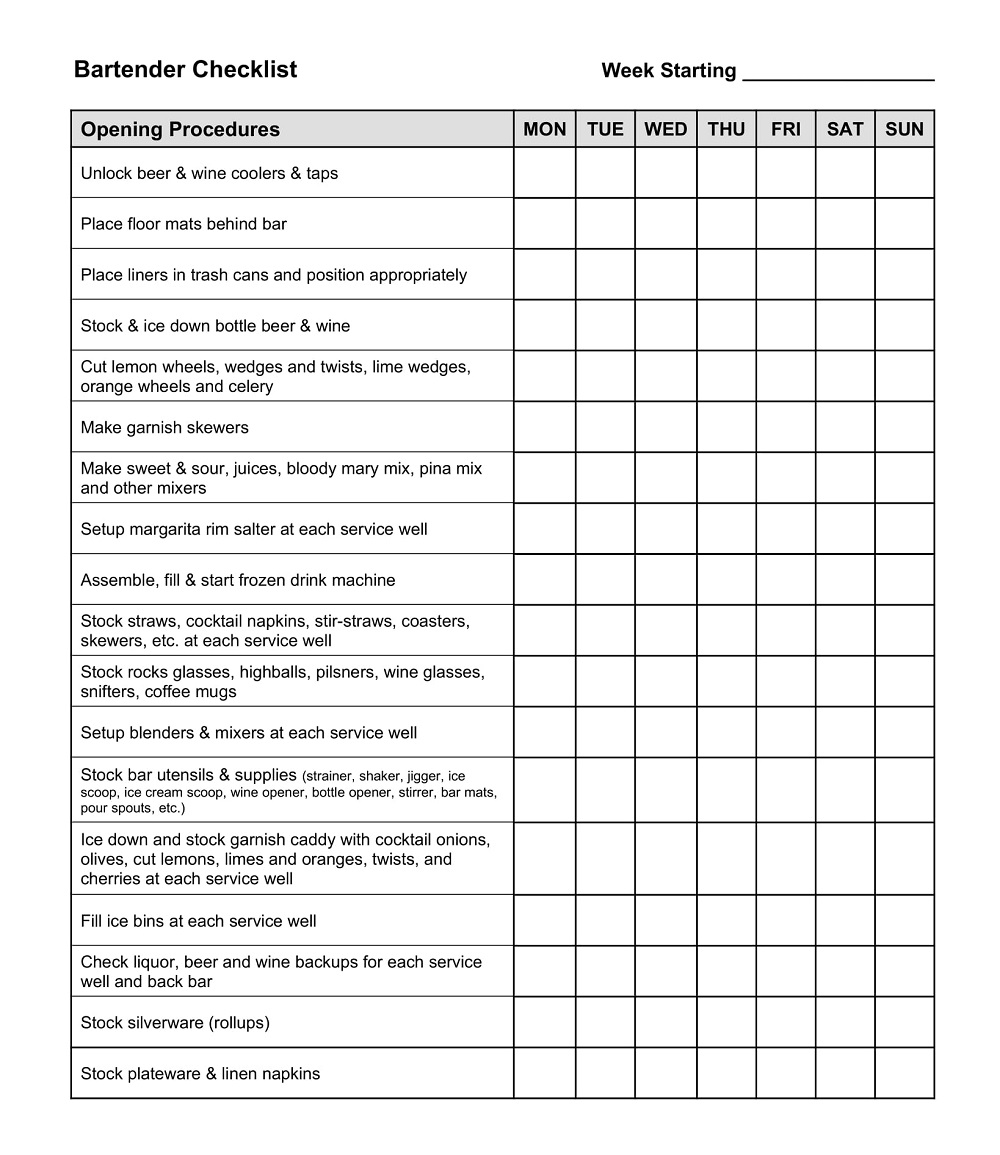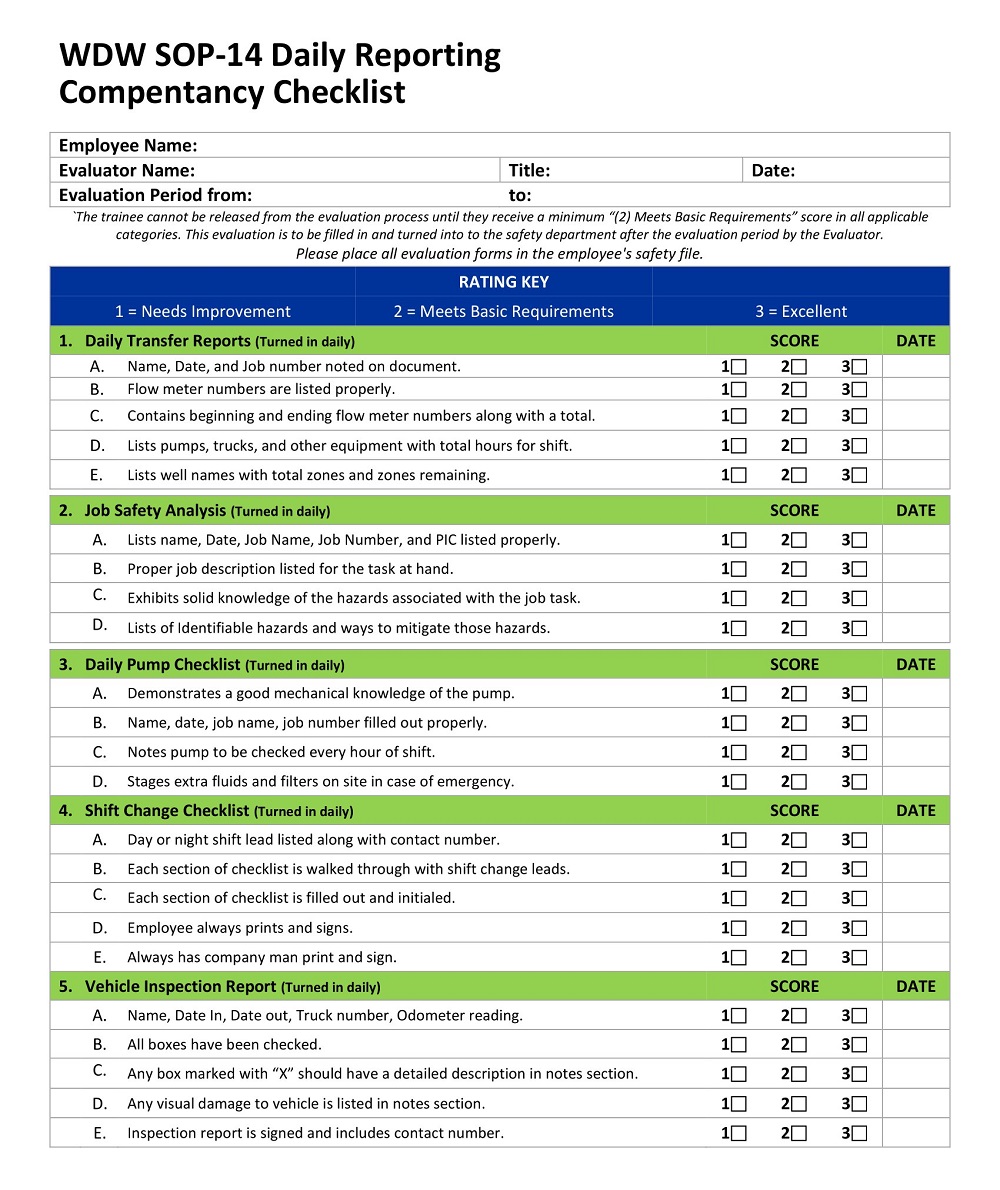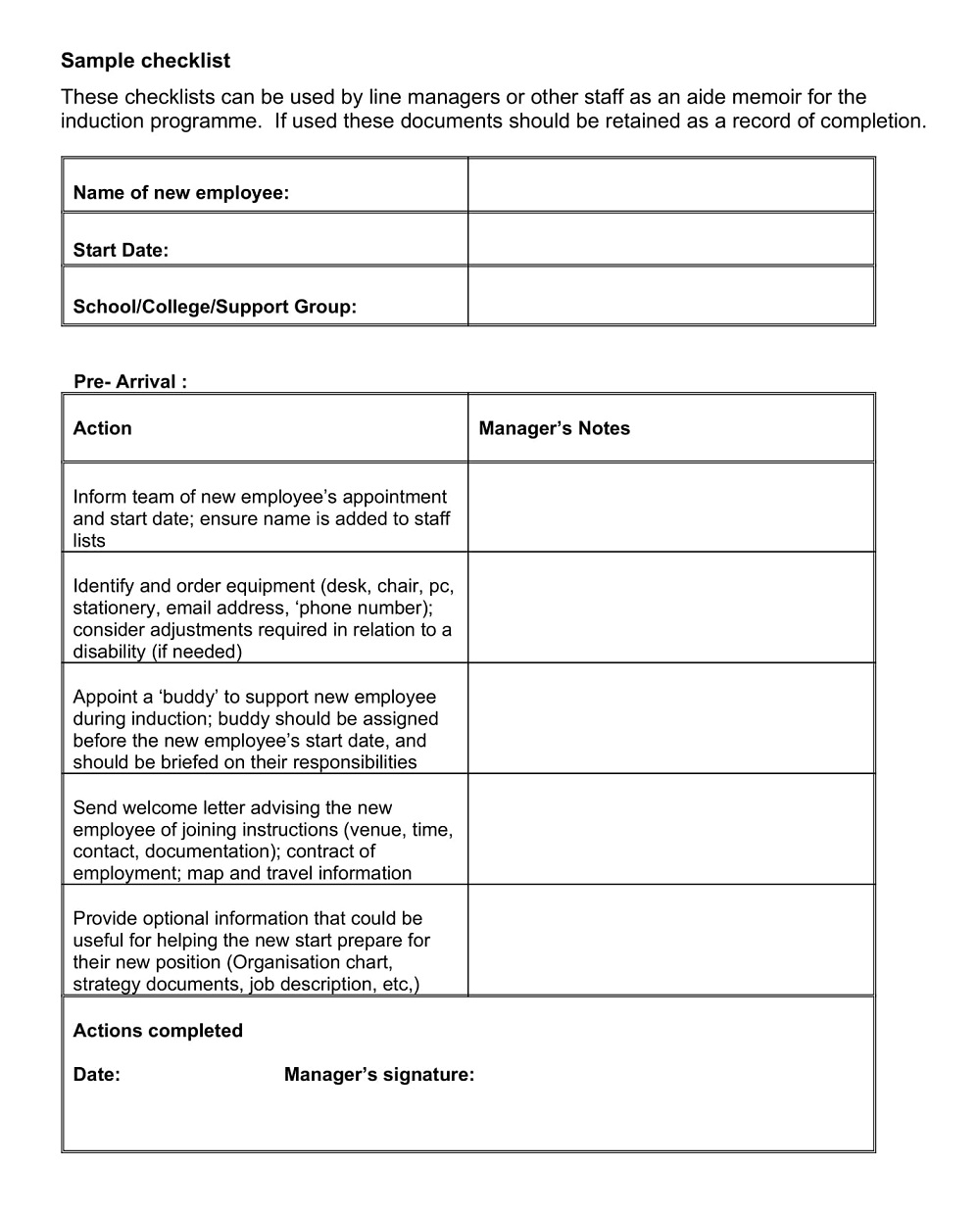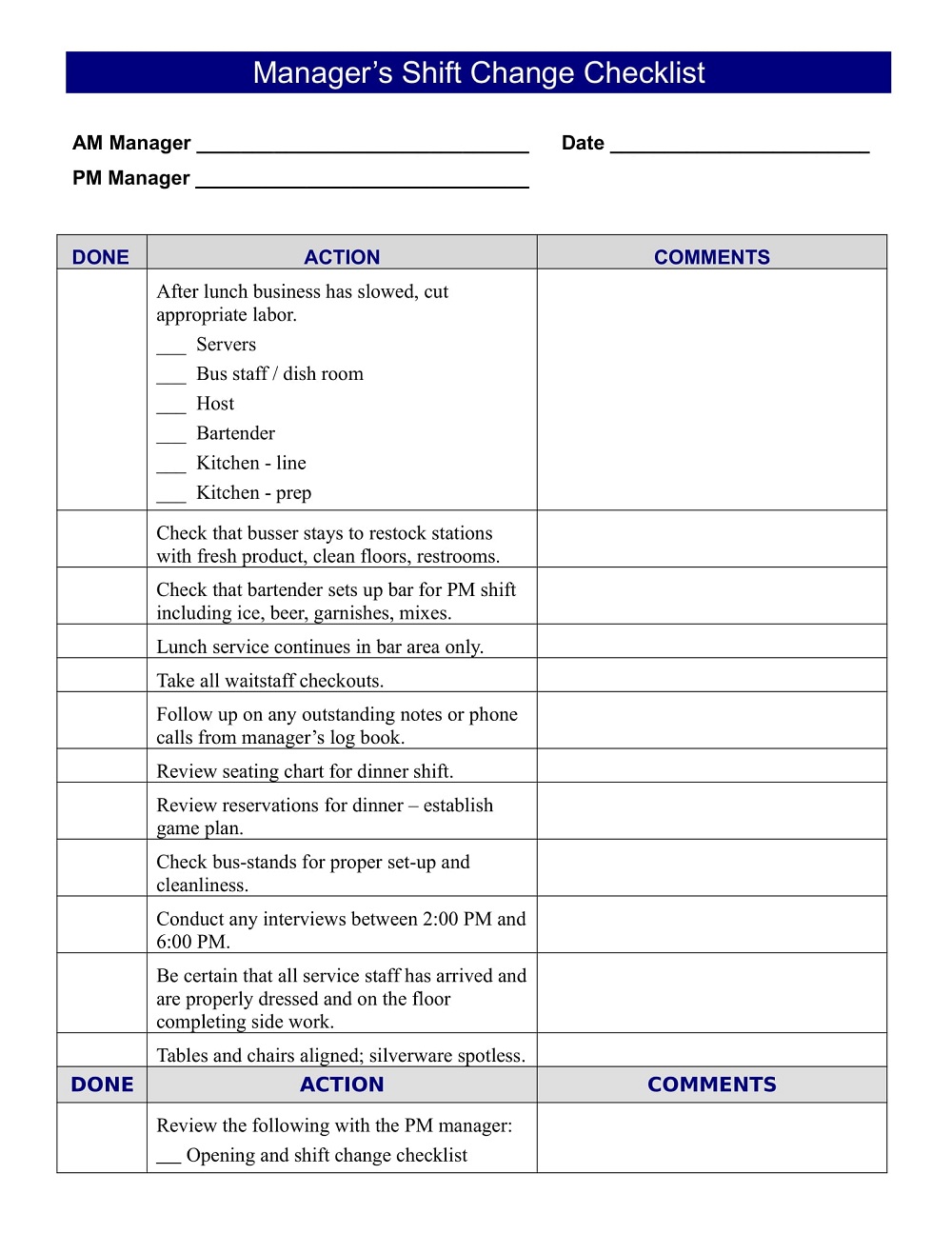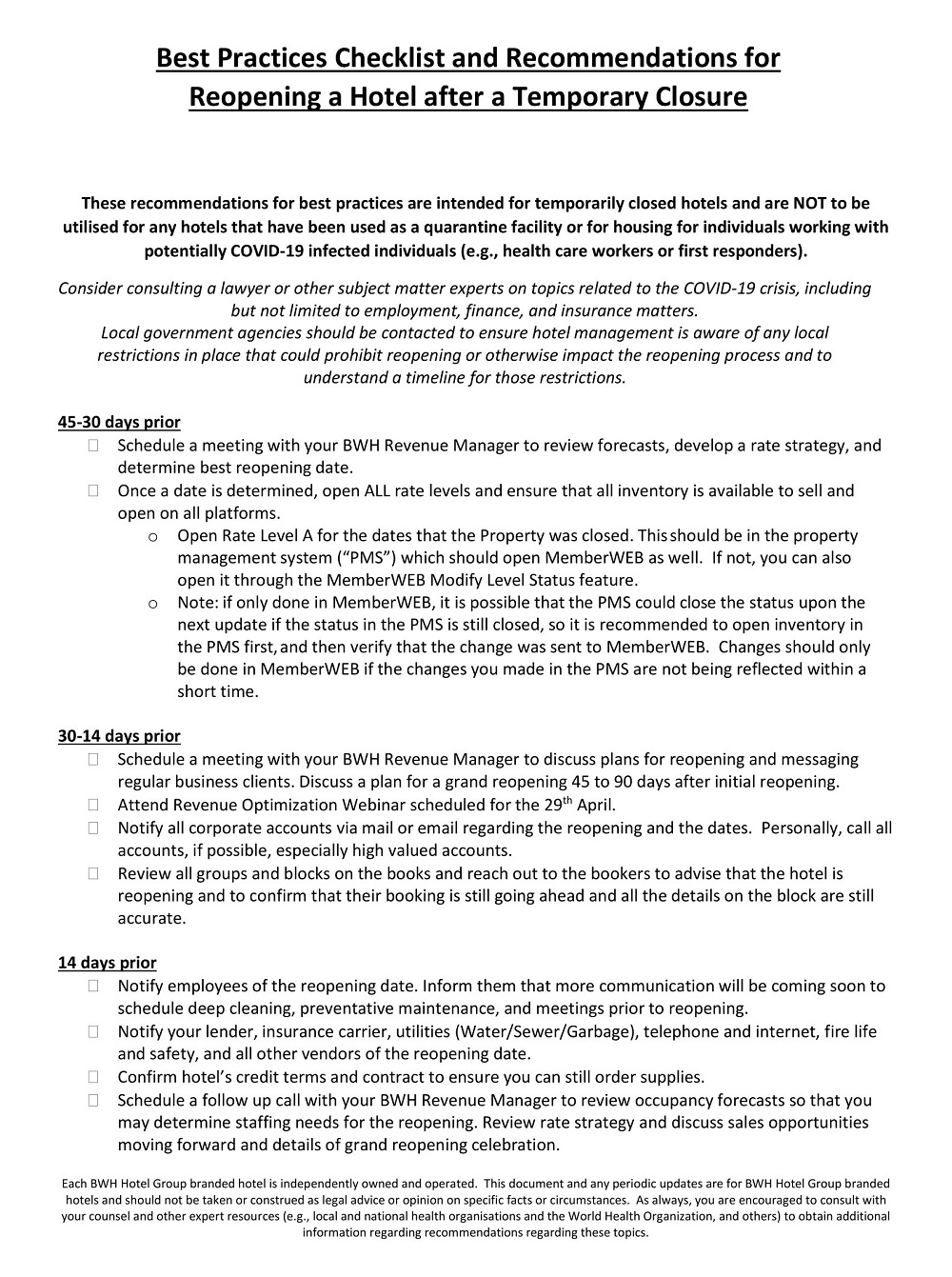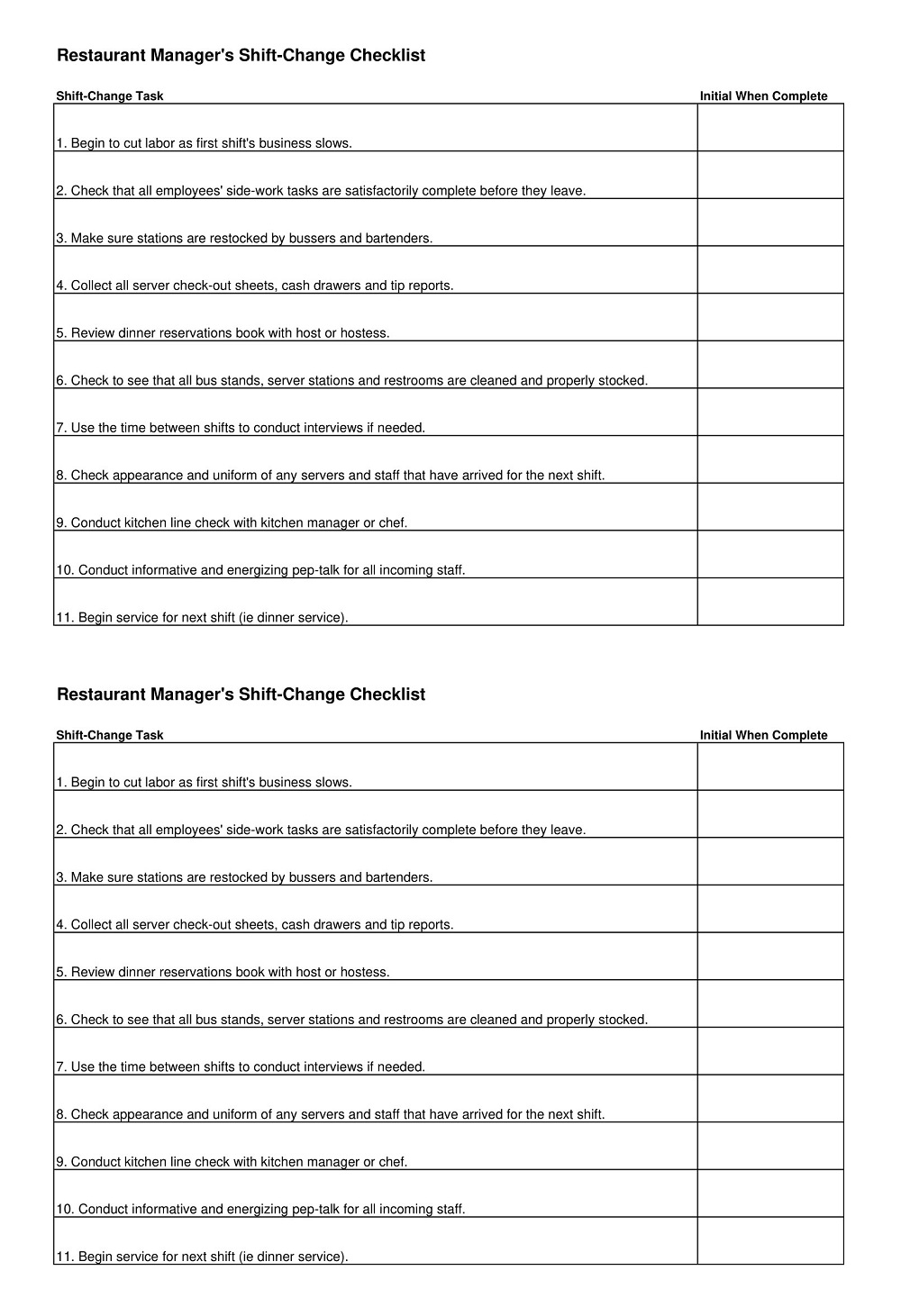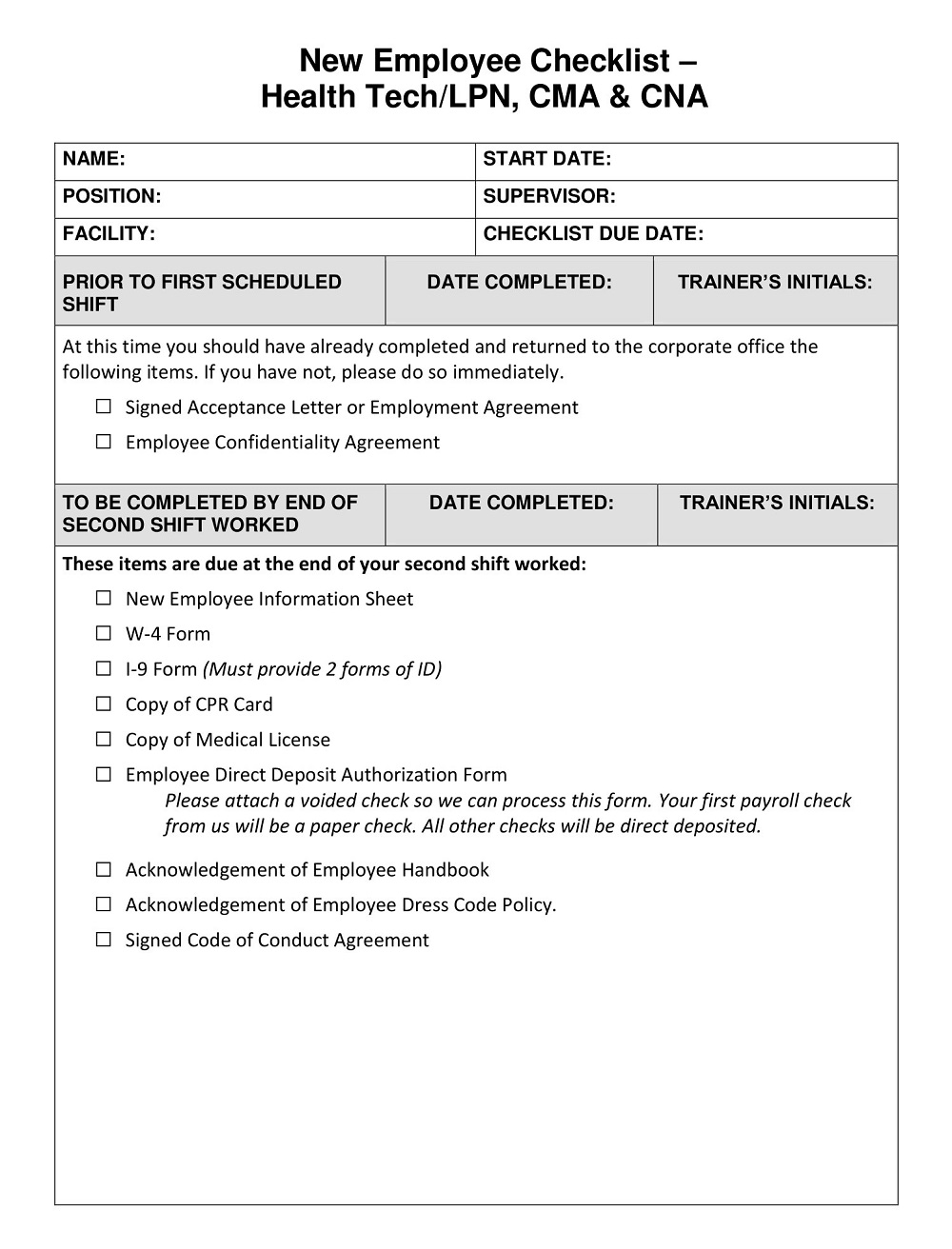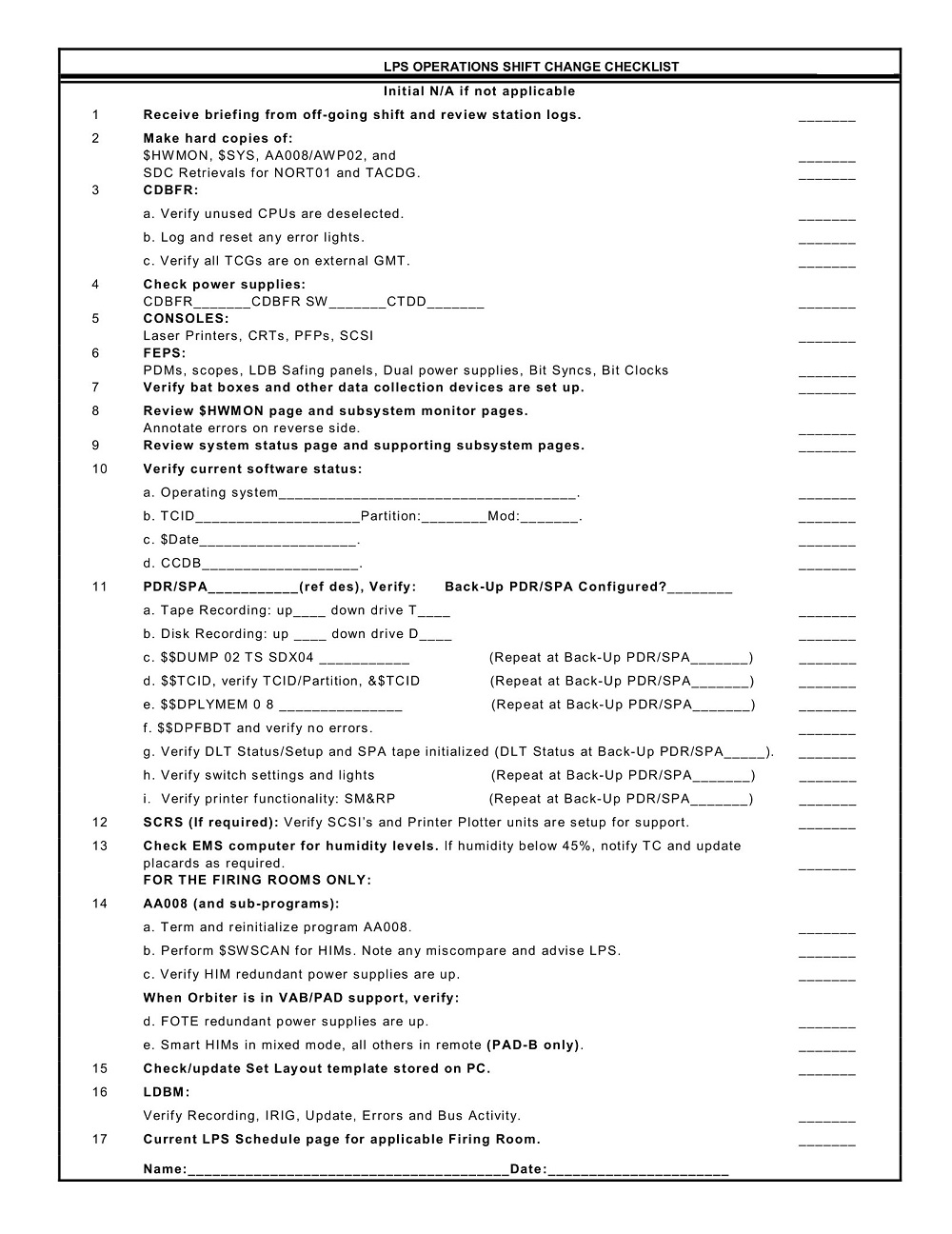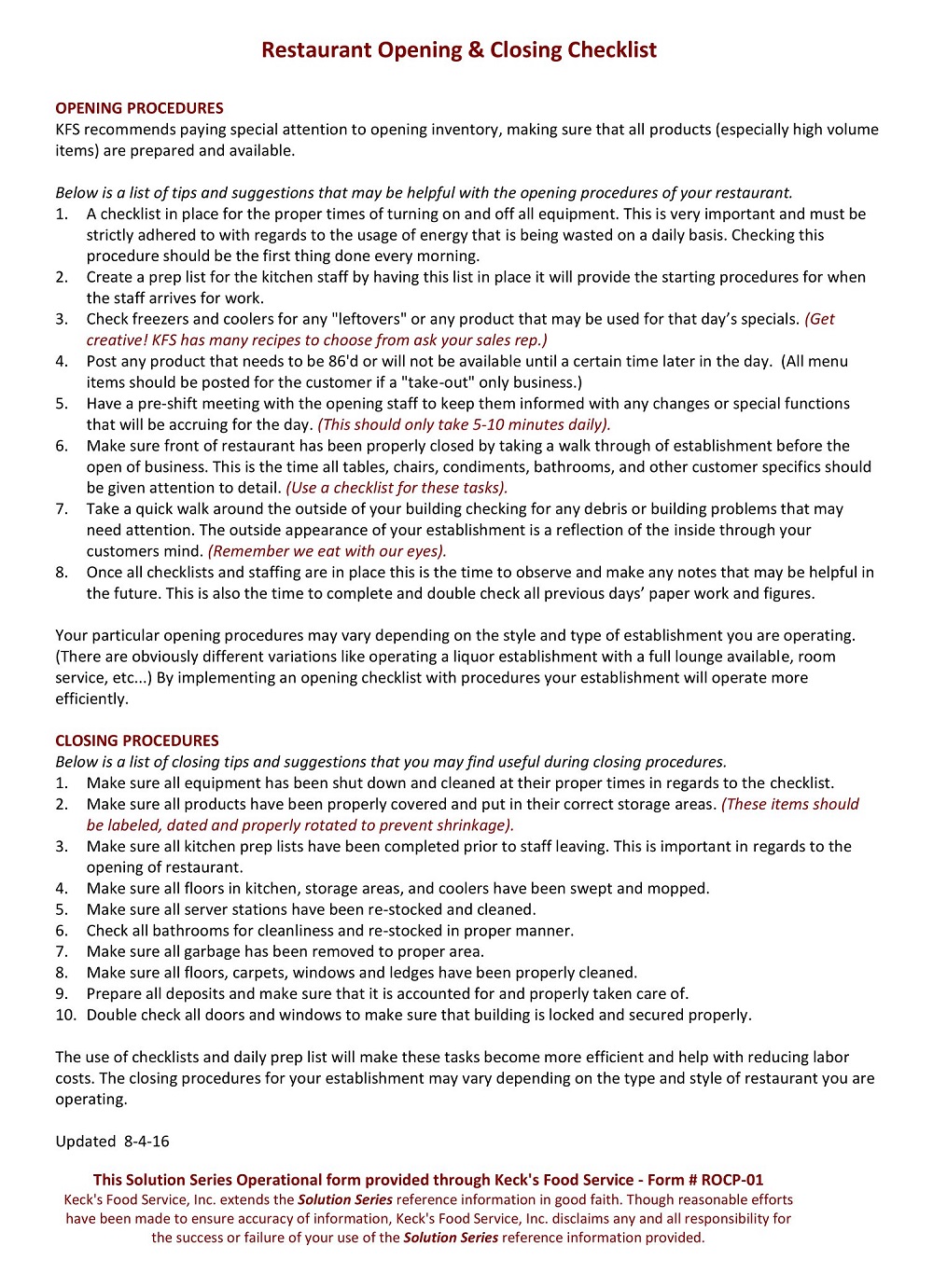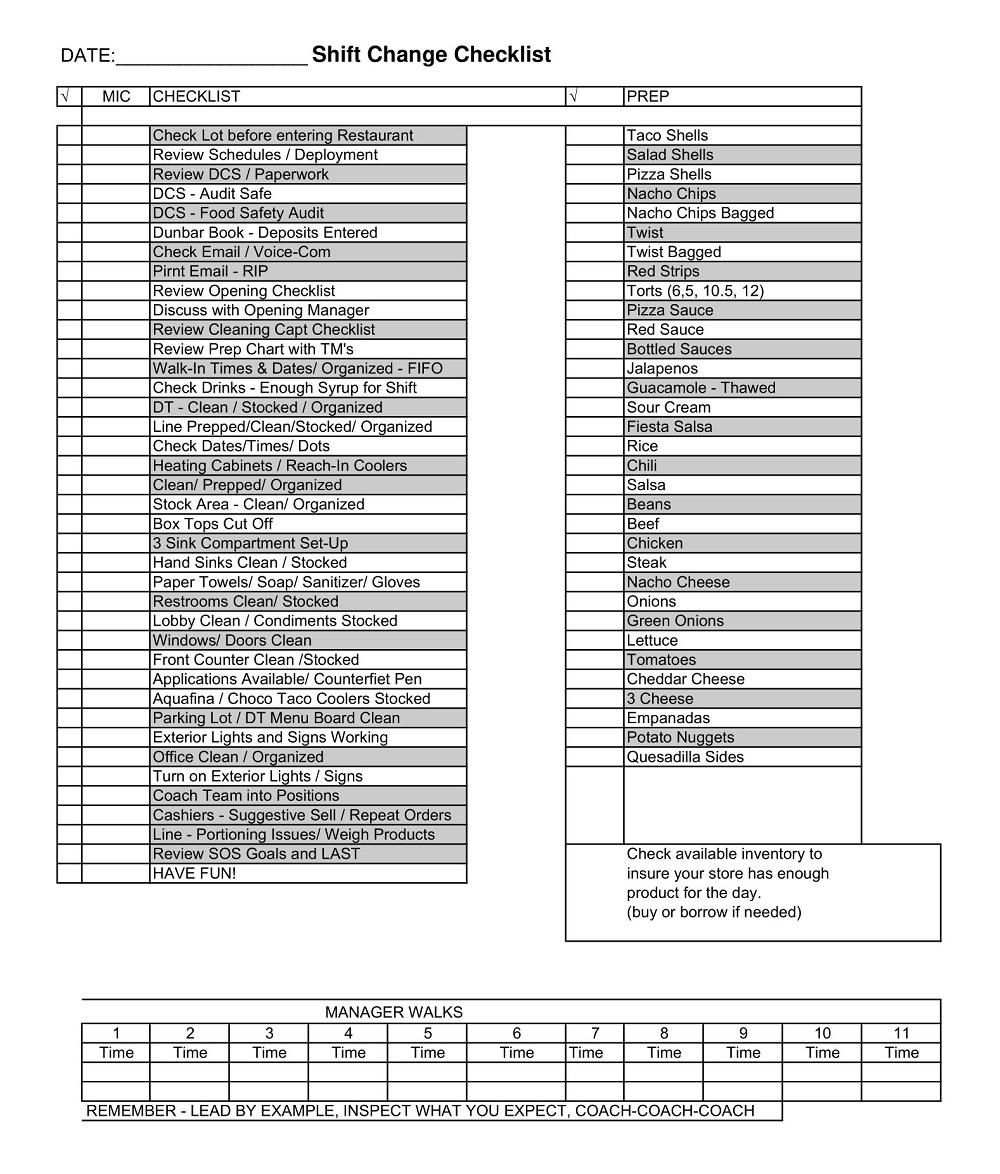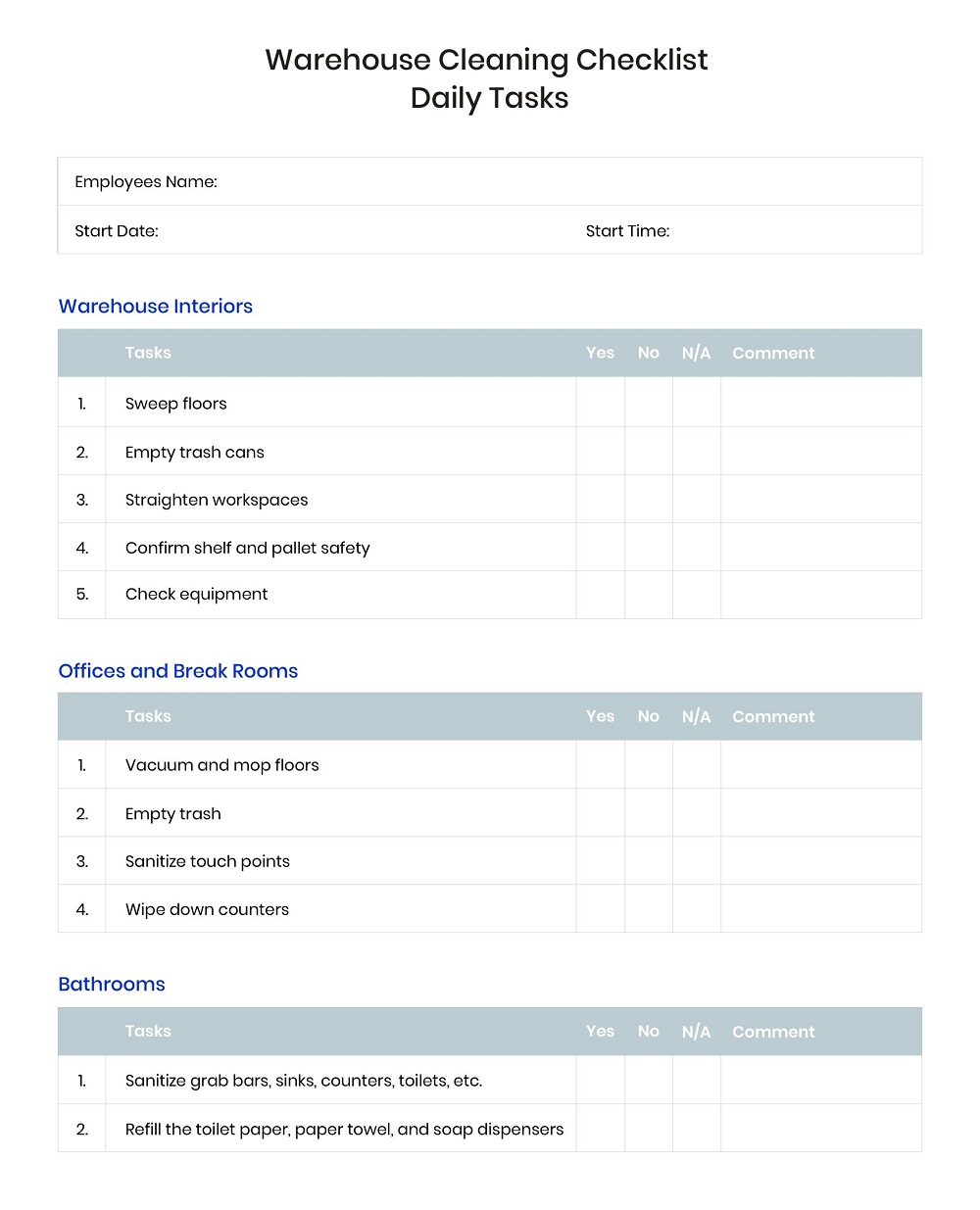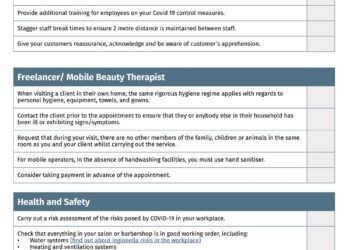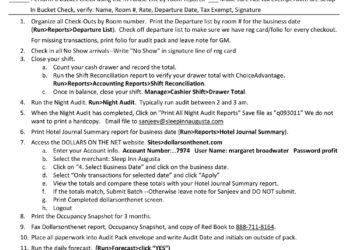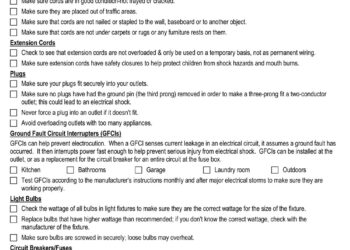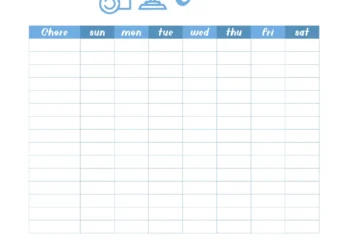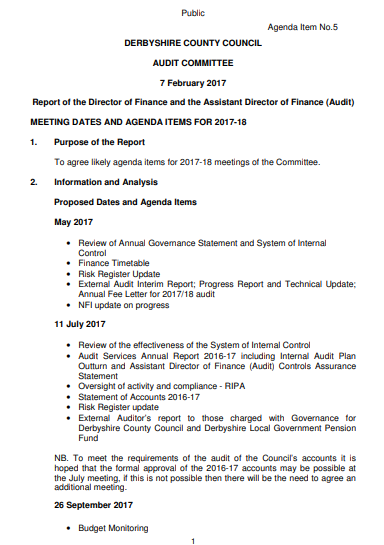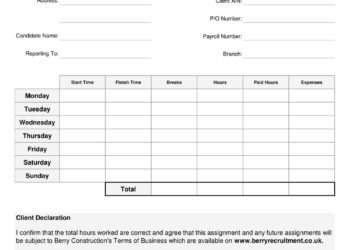For businesses that operate 24/7, shift changes are a crucial part of the daily routine. However, ensuring a smooth and efficient transition from one shift to another can be a challenging task. That’s where shift change checklist templates come into play. This template acts as a guide for the tasks that need to be completed during a shift change, such as checking inventory levels, updating documentation, and briefing the incoming team on any pertinent information.
By providing a clear and concise checklist that covers all the necessary bases, businesses can ensure that their operations run seamlessly and that their workers are fully prepared to take on their roles. With a well-designed shift change checklist template, businesses can save time and minimize errors, leading to improved productivity and overall success. In this article, you’ll find a collection of free Simple Shift Change Checklist Templates and samples in PDF, Word, and Excel format to help you make your work effective.
Download Free Shift Change Checklist Templates
Bar Shift Change Checklist Template
|
Bartender Shift Change Checklist Template
|
Basic Shift Change Checklist Template
|
Daily Shift Change Checklist Template
|
Duties Shift Change Checklist Template
|
Editable Shift Change Checklist Template
|
Hotel Shift Change Checklist Template
|
Modern Shift Change Checklist Template
|
New Employee Shift Change Checklist Template
|
Operations Shift Change Checklist Template
|
Receptionist Shift Change Checklist Template
|
Restaurant Operation Shift Checklist Template
|
Restaurant Shift Change Checklist Template
|
Sample Shift Change Checklist Template
|
Shift Change Cleaning Checklist Template
|
Shift Change Hourly Skills Checklist Template
|
Shift Change Over Checklist Template
|
Standard Shift Change Checklist Template
|
Warehouse Shift Checklist Template
|
Workplace Shift Change Checklist Template
|
What is a Shift Change Checklist?
When it comes to managing a team working on shifts, keeping track of everything that needs to be done during a switch can be a tall order. From equipment checks to updating team goals, it’s crucial that nothing important falls through the cracks. That’s where a Shift Change Checklist comes in. A Shift Change Checklist is a tool used by managers to ensure a smooth handoff between different work shifts. It outlines what needs to be accomplished, what equipment must be checked, who is responsible for what tasks, and what needs to be communicated between incoming and outgoing teams. By having a clear and comprehensive list, managers can ensure that everything gets done quickly and easily, without any confusion or missed details.
Benefits of Shift Change Checklists
Shift change checklists are an essential tool for a smooth and efficient handoff between two shifts. The benefits are numerous, including improved communication, better task completion, and higher patient care quality. These checklists ensure that every task is accounted for, and nothing is missed. They reduce the likelihood of errors and omissions that could leave the incoming shift or patients at risk. With a shift change checklist, there’s no need to rely on memory or verbal instructions. By using a standardized approach, everyone can perform their jobs effectively, no matter what their experience level might be. In short, shift change checklists are a must-have for anyone looking to optimize patient care and improve teamwork in any healthcare setting.
Key Components of a Shift Change Checklist
Shift changes can be quite hectic, especially when employees are handed over from one shift to another in a busy work environment. Having a shift change checklist helps ease the process as it ensures that all important tasks are completed before the new team begins their work. A good shift change checklist has a clear and concise format, is easy to understand, and includes all necessary components. In this blog post, we will discuss the important components of a shift change checklist.
- Task Summary – A task summary is a comprehensive list of all tasks that need to be accomplished for a specific shift. This should include tasks that were not achieved in the previous shift, ongoing tasks, and new tasks that need to be tackled. This is the first item on the checklist to ensure that all duties are accounted for. A well-prepared task summary helps to maintain order and ensures that everyone on the team has a clear understanding of what they need to do.
- Key Personnel Contacts – It’s always essential to have a list of key personnel contacts in case any issue arises during the shift. It is important to include the names and phone numbers of all key personnel and leaders in the checklist. This section is crucial because it avoids time wastage trying to search for contact information in case of emergencies.
- Important Reminders – This section of the shift change checklist is where important details about tasks or ongoing projects are documented. It is critical to remind the team of any critical information or steps that require careful consideration. A quick reminder of a complete step in a process may avoid costly mistakes. The reminders should be concise, clear, and easy to understand.
- Equipment and Inventory – It’s an essential task to account for all equipment and inventory that was used in the previous shift, especially if multiple employees are involved. The team should verify the condition of the equipment and tools and report any defects, malfunctions, or damages to avoid significant safety hazards. A good checklist includes a detailed list of all necessary equipment, tools, and supplies that need to be prepared and readily available for the next shift.
- Handover Protocol – The handover protocol section of the shift change checklist is meant to ensure smooth communication between the outgoing and incoming teams. It is essential to follow an organized protocol to prevent confusion and errors during communication. The protocol should include a specific time to hold the changeover meeting, specific communication channels to be used, safety procedures, and any other relevant information.
Why You Need a Shift Change Checklist
As a busy professional, it’s easy to forget important tasks during a shift change. That’s why having a shift change checklist can be a lifesaver. Not only does it help ensure that important tasks are completed, but it also helps to improve communication between team members. With a shift change checklist, you can quickly review any important updates or changes to procedures, making sure everyone is on the same page. Additionally, the checklist can help to minimize errors and keep everyone accountable for their tasks. Whether you work in healthcare, retail, or any other industry, a shift change checklist is a simple yet effective tool to help maximize productivity and reduce stress during your workday.
Importance of a Shift Change Checklist
A shift change checklist can be a vital tool in keeping a business running smoothly. When employees are responsible for certain tasks during their shifts, it’s essential that each person knows exactly what has been done and what still needs to be accomplished. Without a checklist, important steps can be overlooked and tasks can be missed, leading to potential problems down the road. By taking just a few minutes to go over a shift change checklist, employees can ensure that the next person taking over has a clear understanding of what has happened and what needs to happen next. This can help to decrease confusion and increase productivity, making for a happier and more successful workplace.
How to Create a Shift Change Checklist Template
Shift changes are never easy, whether you are the manager or part of the team. It is a crucial time during the day when communication and coordination are important. Without proper planning, it can lead to confusion, missed tasks and deadlines, and a stressful work environment. To avoid these challenges, you need to invest in a shift change checklist template.
- Identify the critical tasks: Before designing your shift change checklist template, identify the essential tasks that need to be completed during the shift change process. Talk to your team, managers, and other stakeholders to come up with tasks that are essential. This could include reporting new issues, handover of important information, or checking inventory. Whatever task you identify, ensure it is critical and can significantly impact the success of the shift.
- Choose the right format: When it comes to creating a shift change checklist template, it’s essential to choose the right format that works for your team. The format could be an electronic checklist on a shared platform or a simple pen-and-paper checklist. Using an electronic checklist allows team members to update it in real time, while a pen-and-paper format can provide a sense of ownership and accountability. Choose a format that aligns with your team’s goals and objectives.
- Use simple language: The language you use in your shift change checklist template should be simple and easy to understand. Avoid complex words or jargon that may confuse team members. Use concise and clear instructions that leave no room for confusion. Ensure that the language used is in line with your team’s communication style.
- Delegate responsibilities: If you have a large team, it’s important to delegate responsibilities during the shift change process. Delegate tasks to individuals who have the skills and experience to handle them. This not only simplifies the overall process but also encourages accountability and ownership. Ensure each team member understands their role and responsibilities during the shift change period.
- Test and refine: After creating your shift change checklist template, it’s essential to test it and make refinements. The first test should be conducted in a controlled environment with a few team members. This allows you to identify any potential weaknesses and modify the checklist to address them. Keep testing the checklist until you are confident that it works for your team and work environment.
Reference Link



